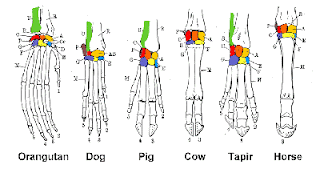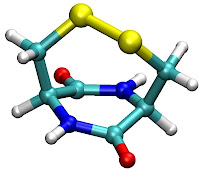What are Mutualism, Parasitism and Commensalism?
Mutualism is a relationship between organisms of different species in which both benefit from the relationship. For example, bees and flowers. The bees help pollinate the flowers for reproduction which benefits the flower, while the bees get nectar from the flower which benefits the bees. It is a win-win kind of association.
Parasitism is a relationship when one organism (parasite) benefits at the expense of another organism of a different species (called the host). For example, a flea and a dog. The flea is benefiting by feeding off of the dogs blood, while the dog is being hurt and harmed by the flea. Only one organism is getting any benefit out of the relationship.
Commensalism a relationship between two different species in which one of them benefits from the relationship and the other is not harmed or benefiting from the association. For example, birds and trees. The bird benefits from the tree by using it as shelter and a place to find food, where as the tree is neither harmed or getting any benefit from the bird.















